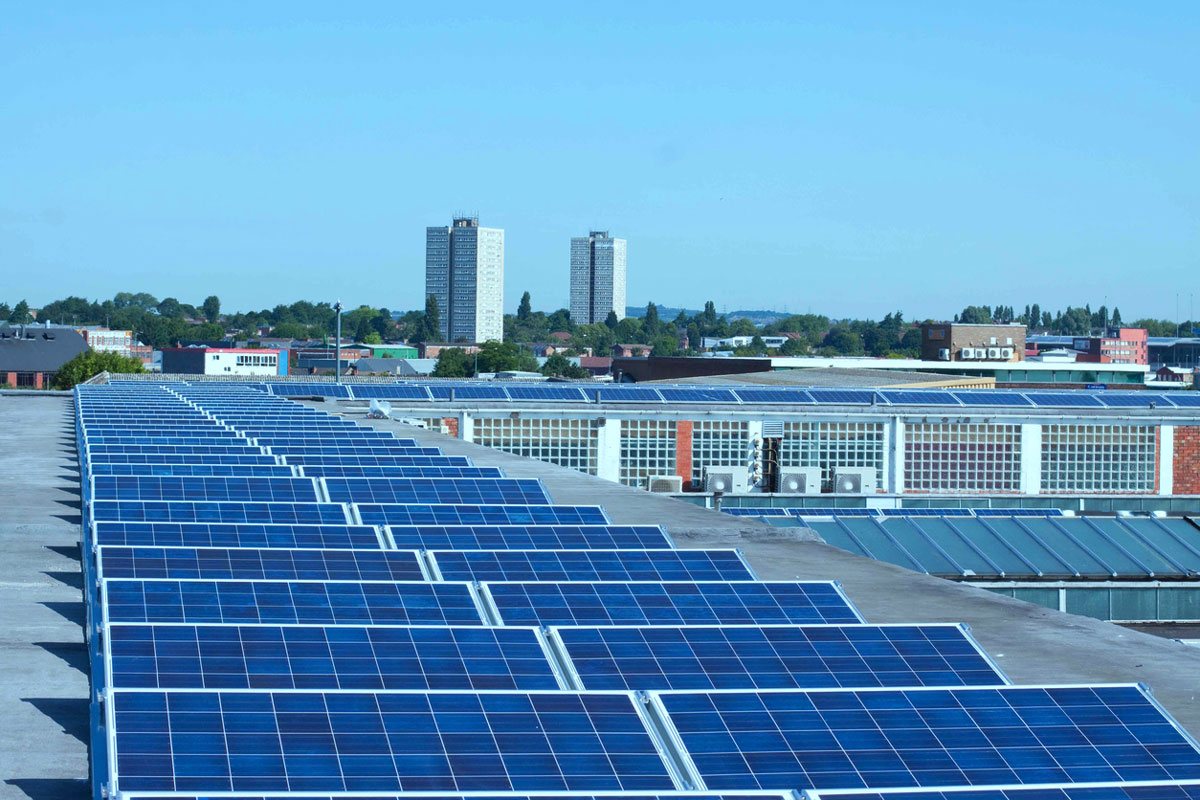Energy is vital because it allows us to perform the tasks we must do for survival. We use energy for our daily activities, from microwaving food to driving. However, fossil fuels like oil, coal, and natural gas harm the environment and eventually run out. For this reason, many people are moving towards sustainable energy.

What Is Sustainable Energy?
Sustainable energy is a way to power our homes and businesses without harming the environment. It means that the energy source, such as solar panels, cannot be deleted or eventually run out. Various types of sustainable energy can replace the harmful forms of energy we have been using.
There are different types of sustainable energy sources available today. These include solar, wind, geothermal, hydropower, and biomass. Each has its benefits and drawbacks but produces much less pollution than traditional fuel sources. It means they are a cleaner option; we need to ensure we choose the right one for our needs.
Types of Sustainable Energy
Solar power systems are improving as technology advances, so people are using them more and more. Solar power is probably the most well-known of all sustainable energy sources, and for a good reason—it is incredibly versatile. Solar panels can provide electrical power, hot water, and heat your home. The drawbacks of this type of energy are the initial costs of setting up the system and poor weather conditions that can affect performance. But installing solar panels is a feasible option in tropical regions to lower home energy costs.
Wind turbines are another great option, especially if you live in an area with a lot of wind. Wind turbines work by converting kinetic energy into electrical energy. They do not need direct sunlight and require very little maintenance, making them an excellent choice for some people.
Biomass is another popular option that comes from agricultural waste products. Biomass is the energy derived from materials such as wood or other plant matter that are burned to create heat or electricity. However, biomass has a few drawbacks typically associated with renewable energy options. For example, weather conditions heavily affect biomass, and cannot be stored for long periods.
Geothermal power is another option that harnesses heat from the earth’s crust. Besides generating electricity, geothermal energy has many uses, such as heating homes, greenhouses, and growing food.
Hydropower is the most popular choice in some parts of the world, where rivers flow fast enough to create hydropower turbines. Hydropower has no emissions, unlike other sustainable energy sources, making it great for use in populated areas where clean water is essential to people. However, hydropower depends on the environment, so it only works when rivers can be used.
The Benefits of Switching to Sustainable Energy
Renewable energy sources are a great way to reduce pollution and our environmental impact. Because they don’t pollute the atmosphere, we can breathe cleaner air and live in healthier places. They also produce less waste because they don’t need raw materials that people would otherwise throw away. Finally, sustainable energy sources can be found almost everywhere, so there is no need to travel long distances or drill into the ground.
Why Do We Need to Adopt Sustainable Energy?
We must use sustainable energy today because the earth is becoming less healthy daily. The pollution from our cars and factories is causing damage to wildlife, our water supply, and our air quality. These harmful pollutants harm the earth and its organisms, making parts of the world unlivable for humans. It affects the number of resources we have today and what will be available to us in the future. Ultimately, it is up to us to make a change and move towards using sustainable energy sources rather than non-sustainable ones.
How Do We Get Enough Sustainable Energy?
Although many of us may think that moving towards sustainable energy sources is impossible because it would require too much change, the truth is that we can take steps towards it today. Making smarter choices when traveling or purchasing products will significantly impact our carbon footprint. For example, you can walk or bike to nearby places instead of using your car whenever possible. Using power strips for your home electronics will allow you to shut off a group of devices simultaneously instead of one by one. If we all pitch in and help the earth, we will ensure a future for generations.
The Bottom Line
Sustainable energy is a great way to reduce environmental impact and preserve natural resources for future generations. This concept becomes more important as we continue to see global warming effects. It’s time to adapt to sustainable energy and change for the better.




